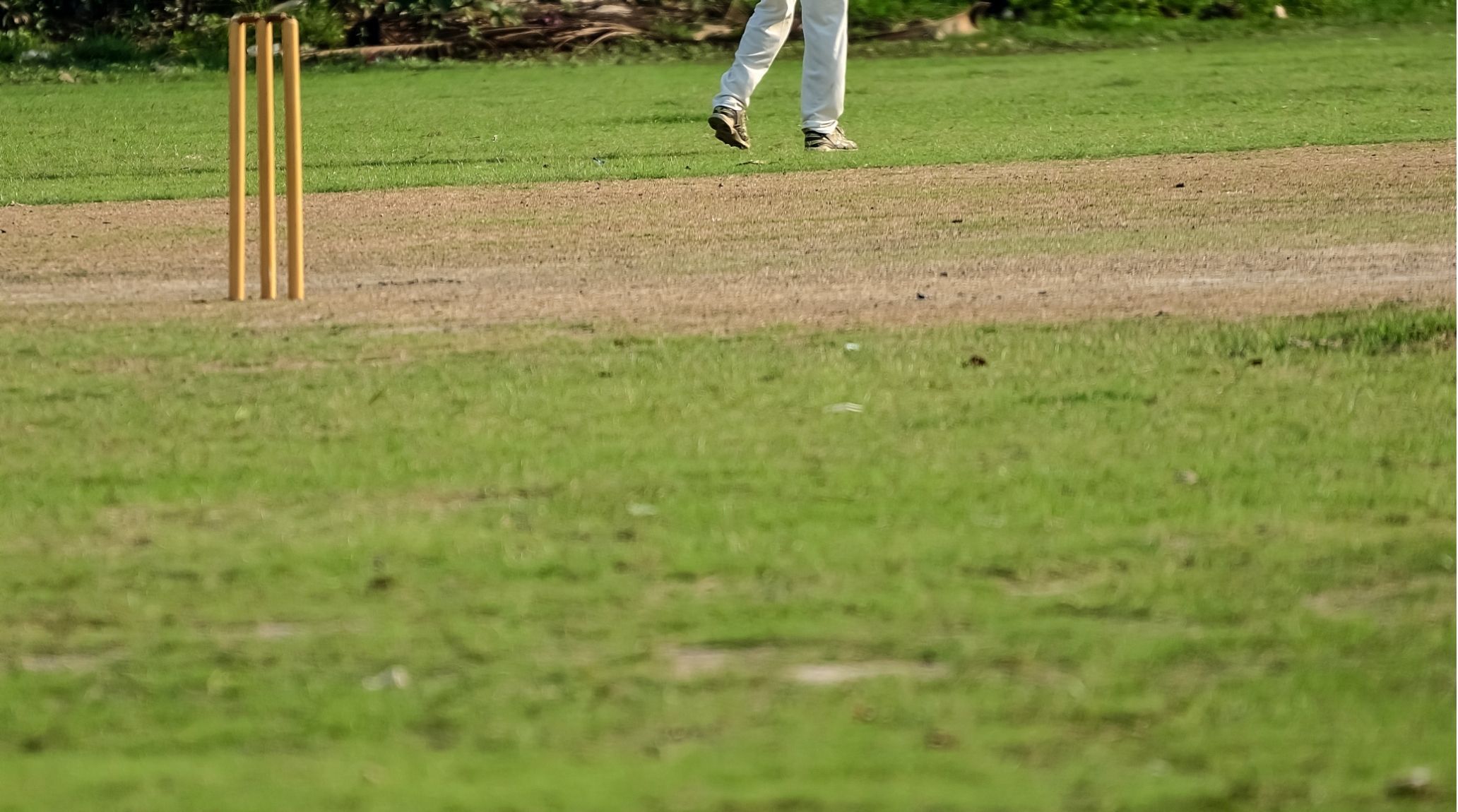
Pitch Conditions and Weather in Cricket play a pivotal role in determining the outcome of matches. From the type of pitch to the prevailing weather, each factor influences player performance and strategies. This blog explores 20 intriguing facts about Pitch Conditions and Weather in Cricket, shedding light on how these elements can turn the tide in any game. Understanding these aspects not only enhances appreciation for the sport but also provides insights into the strategic decisions made by teams. Dive in to discover the fascinating relationship between pitch conditions, weather, and cricket! 1
Cricket pitches can vary significantly in type, including grassy, dry, and turning surfaces, all of which influence how the ball behaves. These variations create unique challenges for both bowlers and batsmen during play. 2
A standard cricket pitch measures 22 yards long, but its condition can drastically affect gameplay, influencing how bowlers deliver and batsmen respond. The pitch type plays a critical role in determining the match's outcome. 3
In day-night matches, the formation of dew on the grass can impact bowlers' grip on the ball, making it slippery and challenging to control. This factor can lead to unexpected changes in match dynamics. 4
Pitches in certain regions, particularly in India and Sri Lanka, are known for being dry and dusty. These conditions often favor spin bowlers, allowing them to exploit the surface for maximum turn and bounce. 5
Rain can significantly alter pitch conditions, leading to what's known as a "sticky wicket." This term describes a surface that becomes difficult to play on due to moisture, creating unpredictable behavior for the ball. 6

The length of grass on a pitch is crucial for gameplay. Longer grass generally slows the ball down, while shorter grass allows for quicker play, influencing how batsmen approach their innings.
Extremely hot conditions can cause cracks to form on the pitch, leading to unpredictable bounce. These conditions can create challenges for batsmen trying to adjust to the ball’s erratic movements during their innings. 7
In colder weather, the cricket ball may become harder and less responsive, which can affect bowlers' ability to generate spin and control. This change in conditions often requires players to adapt their strategies. 8
Groundsmen use super soppers to dry wet pitches quickly, allowing play to resume after rain delays. This practice helps maintain the match schedule and minimizes interruptions caused by unpredictable weather. 9
Heat can create a visual effect known as a mirage above the pitch. This phenomenon can distort players' perception of the ball's movement, potentially impacting their performance during crucial moments in the game. 10
As matches progress, pitches wear down, leading to different conditions by the fourth or fifth day. This wear can significantly alter the strategies that teams employ as they adapt to the changing surface. 11
Teams often tailor pitch conditions to their strengths, creating a home advantage by preparing surfaces that suit their style of play. This strategic preparation can be pivotal in determining the outcome of a series. 12

Umpires perform pitch inspections before matches to ensure conditions meet standards. They look for cracks, uneven surfaces, and other factors that could influence player safety and performance during the game.
Strong winds can affect the trajectory of the ball, particularly for bowlers. This impact requires bowlers to make adjustments to their lines and lengths, adding another layer of complexity to their deliveries. 13
In morning sessions, dew can make pitches slick, influencing how bowlers grip the ball. Players must adapt to these conditions, as the ball's behavior can differ significantly from the evening or afternoon sessions. 14
After rain, the drying time of a pitch can vary based on humidity and temperature. In some cases, pitches may take hours to dry sufficiently for play to resume, affecting match schedules. 15
In multi-day matches, pitch conditions can be altered overnight to create strategic advantages. Teams may prepare surfaces that play differently on subsequent days, influencing gameplay and overall match strategies. 16
In some instances, if a ball becomes damaged due to pitch conditions, umpires may allow for a substitute ball. This decision can impact the match, depending on how the new ball behaves on the surface. 17
The coin toss outcome is crucial in cricket, as teams choose to bat or bowl based on predicted pitch and weather conditions. The pitch's state—dry or grassy—significantly influences gameplay and sets the match's tone. 18
Lastly, groundskeepers may create "green tops" by leaving grass on the pitch, which assists seam bowlers, particularly in early-season matches. This preparation adds an element of predictability to the gameplay. 19